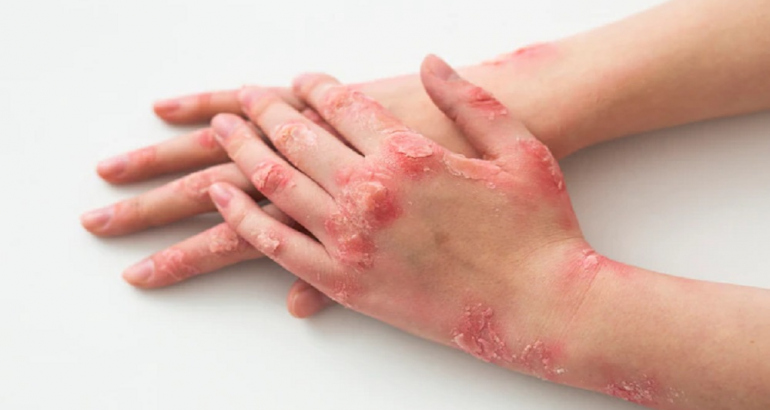A mole is a collection of skin cells that can occur anywhere on your body and is usually brown, black, or skin tone. They normally appear before the age of 20. The majority of them are benign, which means they aren’t cancerous.
How Do I Find Out if a Mole Is Cancerous?
Your doctor will examine the mole carefully first. If they suspect anything isn’t right, they’ll either take a tissue sample or remove it entirely. They may recommend you to a dermatologist (a skin specialist) to perform the procedure.
Your doctor will submit the sample to a lab for further analysis. A biopsy is the medical term for this procedure. If the test results are positive, suggesting the mole is malignant, the entire mole and surrounding area must be removed to eliminate the hazardous cells.
How Is It Done?
Mole removal is a straightforward procedure. Your doctor will usually do the procedure at their office, clinic, or a hospital outpatient center. They’ll most likely go one of two routes:
Surgical excision – The region will be numbed by your doctor. They’ll cut out the mole and some healthy skin around it using a scalpel or a sharp, circular blade. The skin will be stitched shut.
Surgical excision – On smaller moles, this is done more frequently. After numbing the area, your doctor will shave off the mole and some tissue beneath it using a little blade. Stitches are rarely required.
Side effects
- It will leave a scar
- The surgery area can get infected if not taken care.



